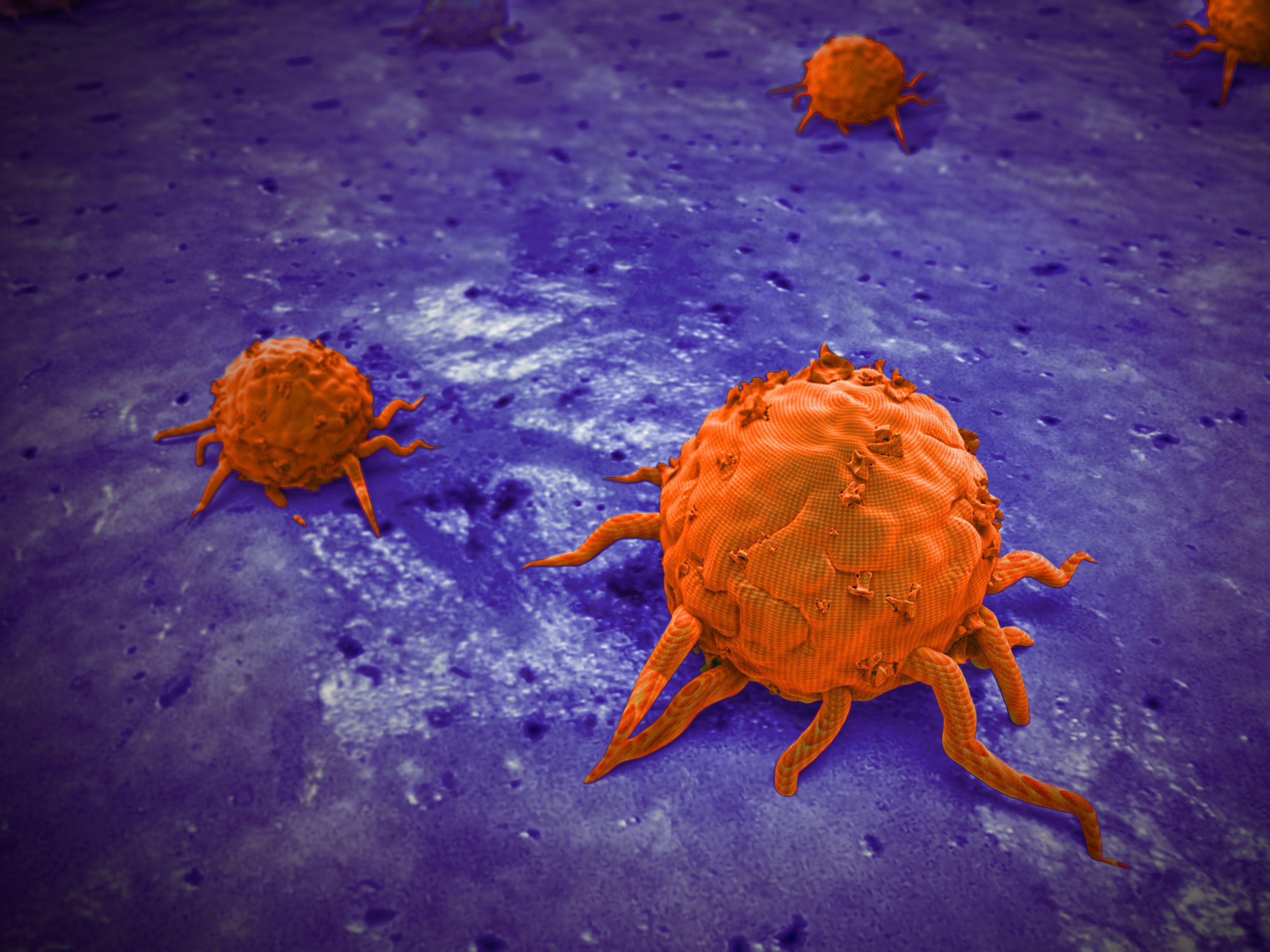Article
More Than 2 Cycles of Cisplatin Significantly Reduces Risk of Second Testicular Cancer
Author(s):
January 15, 2021 - The risk of a second metachronous contralateral germ cell testicular cancer is found to be significantly reduced with each additional cycle of cisplatin-based chemotherapy in patients.

The risk of a second metachronous contralateral germ cell testicular cancer (TC) was found to be significantly reduced with each additional cycle of cisplatin-based chemotherapy in patients, according to a study published in the Journal of Clinical Oncology.1
When using surgery alone as a reference, the risk of a second TC was reduced by 45% (HR, 0.55; age-adjusted) with the use of cisplatin-based chemotherapy—the risk of a second TC was reduced by 47% (HR, 0.53; P =.04) after the third cycle, by 59% (HR, 0.41; P <.001) after the fourth cycle, and by 79% (HR, 0.21; P = .008) after more than 4 cycles, reported Ragnhild Hellesnes, MD, Department of Oncology, of the University Hospital of North Norway, Tromsø, and coinvestigators, in the study.
“It has been suggested that cisplatin delays rather than reduces the development of a second TC…In accordance our results do not lend support to this hypothesis,” the authors wrote. “On the contrary, we found that there was a longer median time interval between first TC and second TC after surgery only (7.0 years) than after chemotherapy (5.8 years), although not statistically significant. The overall latency of 6.2 years between first TC and second TC agrees with previous studies.”
A sensitivity analysis excluding those treated with chemotherapy other than cisplatin-based (ie, carboplatin-based) showed no significant change of results.
The study included 5620 men with a first TC diagnosed between 1980 and 2009 who were followed for a median follow-up of 18 years, 218 (3.9%) of whom developed a metachronous contralateral TC after a median 6.2 years.
The overall crude cumulative incidence of a second TC was 4.0% (95% CI, 3.5-4.6) at 20 years. Most (72%) second TCs were seminomas. At diagnosis of the second TC, 84% had stage I disease and 53% were treated with surgery only. The incidence of second TC was lower after treatment with chemotherapy (3.2%) and chemotherapy plus radiotherapy at first TC (1.4%) than after surgery only (5.4%) or radiotherapy only (4.5%).
The second TC incidence did not differ according to first TC histology (estimates of 3.8% after seminoma and 4.3% after nonseminoma).
For men aged younger than 30 years at first TC diagnosis, the 20-year cumulative incidence after surgery only was 8.0% compared with 4.8% after chemotherapy. In comparison, for those age 30 years or older at first TC diagnosis, the incidence of second TC was 3.2% after surgery only and 1.7% after chemotherapy.
“Patients with metastatic unilateral TC might appreciate information on the significant
risk reduction of second TC after treatment with chemotherapy,” the researchers concluded. “It is important that TC [patients] are aware of this risk and that the importance of regular lifelong self-examination is emphasized.”
Baseline characteristics
In the overall cohort, the median age at first TC diagnosis was 33 years, and 38% were younger than 30 years. Most (70%) patients were diagnosed with stage I disease at first TC. Twenty-five percent of patients overall were treated with surgery only and 44% were treated with chemotherapy at first TC.
Among the 218 men who developed a metachronous contralateral TC, median age at first TC diagnosis was 28.7 years, 57% were <30 years at diagnosis of first TC, and first TC histology was equally divided between seminoma (49%) and nonseminoma (51%). Some 80% were diagnosed with clinical stage I at first TC, and 33% had surgery only and 32% received CT as treatment for first TC. At diagnosis of the second TC, 84% had stage I disease and 53% were treated with surgery only.
Risk of second TC vs. general population
Overall, the risk of a second TC was 13-fold higher compared with the risk of developing TC in the general population. This risk was reduced after treatment with chemotherapy (SIR, 9.1; 95% CI, 7.2-11.5) and chemotherapy plus radiotherapy (SIR, 8.6; 95% CI, 2.8-26.7) at first TC compared with surgery only (SIR, 16.3; 95% CI, 12.9-20.5) and radiotherapy(SIR, 17.7; 95% CI, 14.1-22.3).
Reference
- Hellesnes R, Myklebust TA, Bremmes RM, et al. Metachronous contralateral testicular cancer in the cisplatin era: a population-based cohort study. J Clin Oncol. Published online December 23, 2020. doi:10/1200/JCO.20.0271









